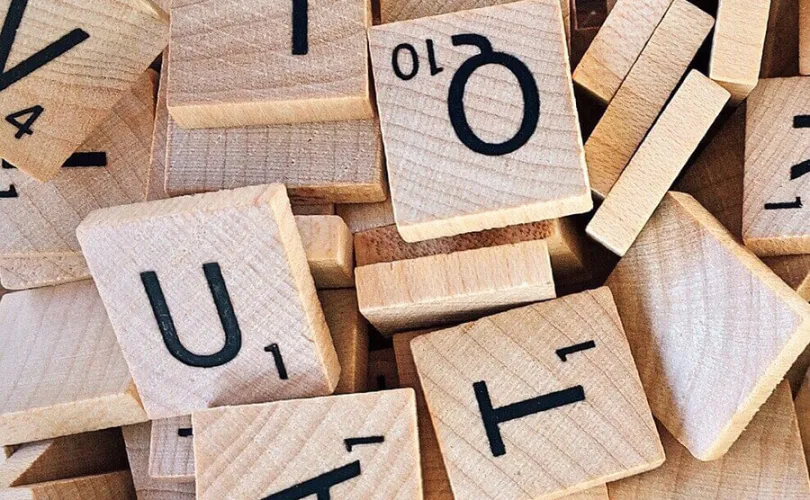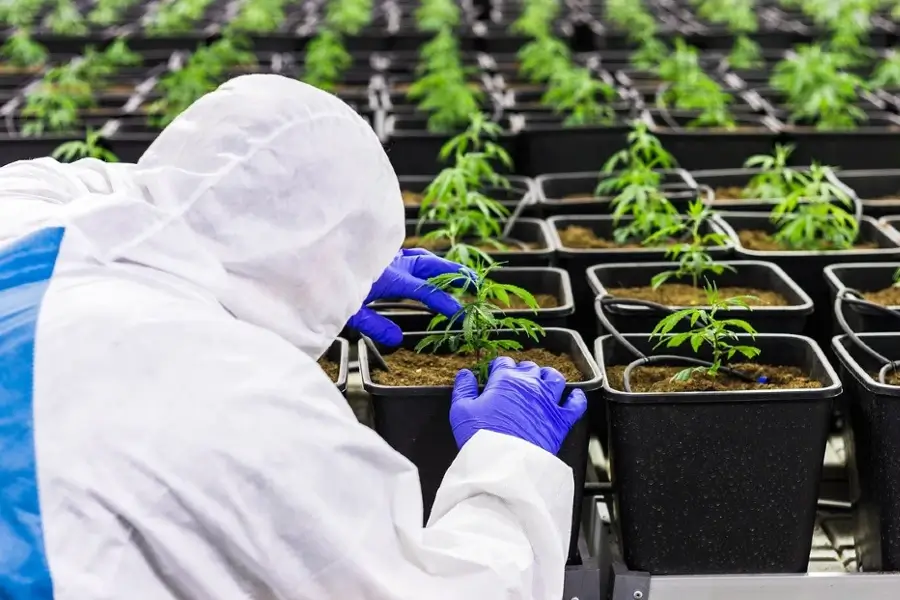Before starting, you must have a rudimentary understanding of some cannabis-related jargon. The terms “pound,” “jar,” “pack,” and “joint” are frequently used in cannabis slang. Cannabis inhalation is a “hit,” It can feel different depending on how it’s utilized. One drag from a joint or puff from a vape pen is one “hit.”
Drug Jargon
If you are new to marijuana, keeping up with the vocabulary may be challenging. At this point, you should be able to define terms like aroma and flavor. The distinctive mixture of terpenes present in the plant’s leaves and seeds primarily determines the aroma and flavor of cannabis.
Those who don’t have a particular favorite scent may choose to utilize cannabis differently.
It’s a common mistake to call marijuana “weed.” The cannabis industry is so big that this year it’s anticipated to bring in more money than the National Football League.
New users could find the terminology confusing, even if marijuana plants are legal in some countries.
Although cannabis is usually called “weed,” it is a type of concentrate. Cannabis concentrates are additionally known as buds. It is a thick, silky substance that resembles butter or cake batter.
Common Marijuana Lingo
There are several cannabis slang phrases to get you started. Here are some things newcomers should be aware of. Biftah and dime are terms for little packages of cannabis. The term “Camberwell carrot,” from the movie Withnail and I, describes an abnormally large joint. As slang terms for marijuana, “chunk,” “bomb,” “dank,” and “chronic” are also used.
Hashish, a slang name for marijuana, has its roots in the type of Indian hemp that was first used to manufacture cannabis. Some call it “grass,” while others call it “marijuana.”
There are numerous additional names for marijuana, including Mary Jane, Dona Juanita, Johnny, and Johnny. This manual will be valuable if you are unfamiliar with cannabis culture.
Cannabinoid Content of Marijuana
Cannabinoids are the chemical elements of marijuana that give users a high. Despite being closely related, these compounds have very diverse pharmacological effects. As a plant’s CBD content rises, its THC level falls.
CBDA is found in small amounts in the most common marijuana strains in New Jersey. Most cannabis strains include both types of cannabinoids, although only a small number are very high.
Although marijuana is already legal for most adults in America, it is still illegal under federal law. This makes accurate information on the cannabinoid content of marijuana more crucial than ever. This is required to standardize laboratory testing and compare outcomes across all labs. Unfortunately, marijuana testing methods are not standardized at this time. Additionally, there is much debate over the validity of the results.

